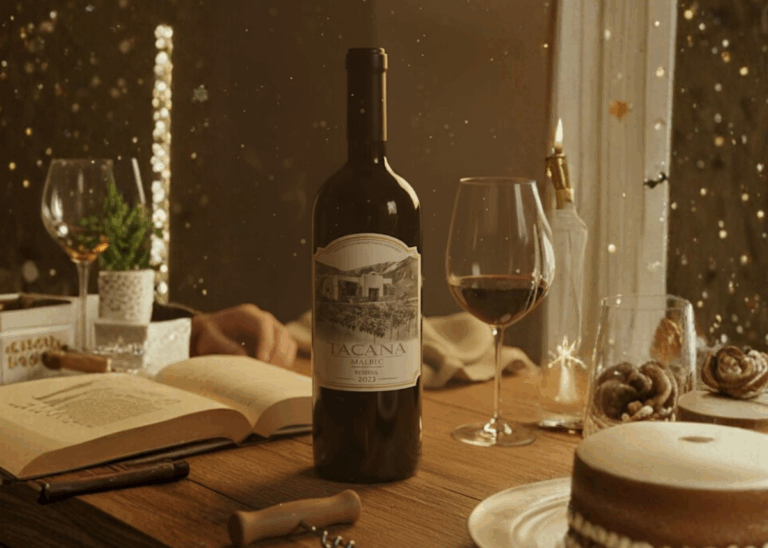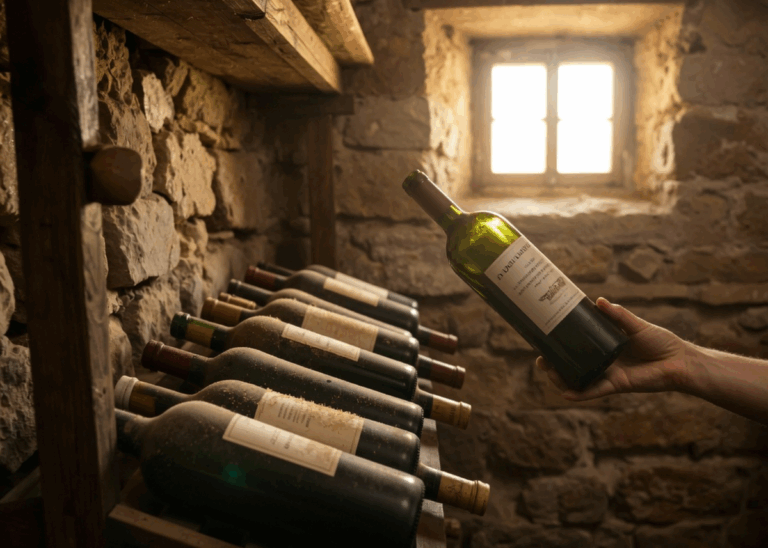[et_pb_section fb_built=”1″ _builder_version=”3.25.1″][et_pb_row _builder_version=”3.25.1″][et_pb_column type=”4_4″ _builder_version=”3.25.1″][et_pb_text _builder_version=”3.25.1″]
New York, NY
“I want it to taste like someone stuffed gym socks in the bottle.”
Across the table, C. raised her eyebrows.
The sommelier smiled and walked away.
“Dear, this is a nice restaurant,” C. began. “They’re not going to have wine that tastes like…”
Suddenly, the sommelier reappeared.
“As requested, sir… the funk,” he said, pouring a taste of a deep red liquid with a slightly brownish tint.
We took a sniff and nodded. There it was: the barnyard, the gym socks, the funk… tell-tale signs of an infected wine. Delicious.
Continued Below. First, French winemaker Julien Miquel talks Italy… and why you should be very excited about the wines shipping at the end of the month…
[/et_pb_text][et_pb_video src=”https://youtu.be/Y_mYcNNbDIA” module_id=”video” _builder_version=”3.25.1″ width=”80%”][/et_pb_video][et_pb_text _builder_version=”3.25.1″]
I Love Brett (continued)
Brettanomyces – Brett, as it is commonly known – is a natural yeast that sometimes infects wines to produce an earthy, slightly funky aroma. As a “flaw,” it is deeply divisive in the wine community. Ultra-technical winemakers (heirs to the Californian tradition born in the science labs of UC Davis in the ’70s) hate it and attempt to place it on a par with the dreaded TCA (the chemical responsible for what you call “cork taint”). Hence, casual wine drinkers tend to be slightly afraid of brett.
They shouldn’t be. Brettanomyces is perfectly safe; it is a cousin of saccharomyces, the yeast everyone already uses to make wine. The main difference, besides the aroma, is that brett grows far more slowly and can survive much longer in-bottle due to the fact that it eats both simple and complex sugars (like oak sugar, which is why it sometimes thrives in oak barrels).
More importantly, as winemakers insist on clogging the market with ultra-fruity, even syrupy vintages (Exhibit A: Jam Jar), brett brings the wine world back down to earth (literally).
In fact, to traditional winemakers – especially those of Bordeaux, Southern Rhône, and Southern Italy – brett is simply a part of the terroir. Taste a 1995 Bordeaux, and that deep, complex taste is likely due to a small culture of brett inside the bottle. Like an old stone church that’s had a congregation of the same four families since 1912, brett is about as vieille France as it gets.
Because brett can grow just about anywhere – from the grapes themselves to barrels to corks – technicians tend to be zealous in exterminating it, from picking their grapes early, to pummeling their wines with sulfur.
But as winemaker Christopher Howell recently told GuildSomm:
“People act as if grapes are sterile. And I’m sure that many winemakers wish that they were. But really, they are covered in microbial life… In my view, fermentation is about transformation, not preservation. You expect the wine to be transformed, not just preserve its fruit. That is certainly true of cheese.”
Wine is a product of living things – plants, bacteria, yeasts, and human beings. We disregard that at our peril.
Until next time…
Bonner Private Wine Partnership
[/et_pb_text][/et_pb_column][/et_pb_row][/et_pb_section]


